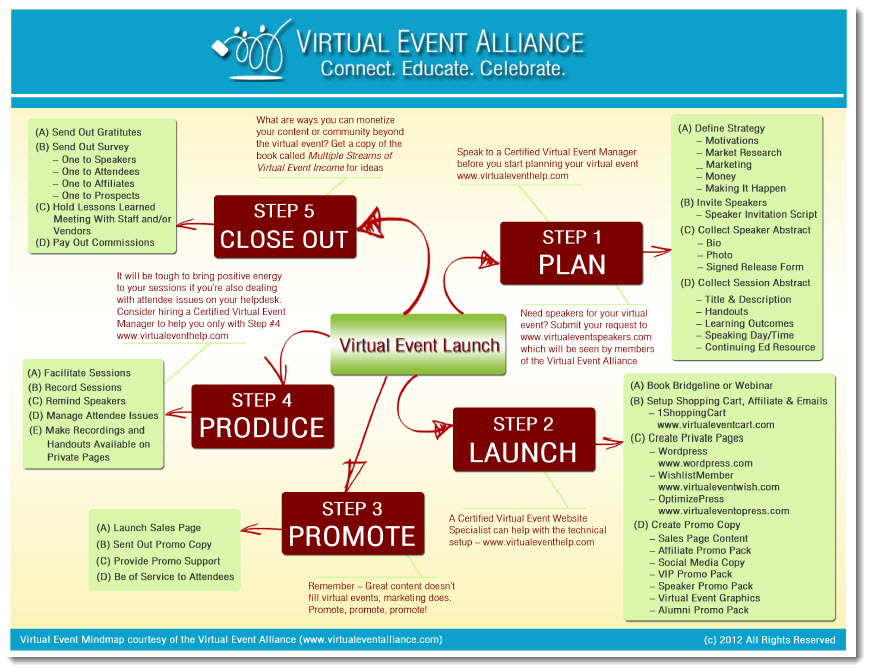This week, I had a conversation with a client. Even though she made 5-figures on her virtual event, she was bummed out because after calculating her expenses, she would only pocket about 10% of her revenues.
She’s the most cheeriest person I’ve ever met, but her email was dripping with unhappiness. She defined her virtual event as unsuccessful due to the amount of money she would take home.
I’ve met many people who have hosted telesummits and virtual events that fared worst than my client’s. A colleague of mine spent $5000 to produce her telesummit and earned just $500. I met someone at an event recently who has given up on the telesummit model altogether after her first – and only – one made her max out her credit card and line of credit.
When your telesummit or virtual event fails or fizzles, we often look at the money as an indicator for success. However, there are quite a number of other factors that will tell you if you’re successful or not.
 I call this the L.A.M.P. Factor. There are 4 keys you should use to measure your telesummit summit.
I call this the L.A.M.P. Factor. There are 4 keys you should use to measure your telesummit summit.
When you enter a darkened room, you can’t see where you’re going. The first thing you do is turn on a lamp. Why? Because a lamp helps guide your way, leading you where you want to go.
When you use the L.A.M.P. Factor in your virtual event, it helps guide your way. What does L.A.M.P. stand for?
- L = List. One factor in defining your telesummit success is to build your list. You may decide that you want to double it or triple it. Or, maybe you simply want to build one in a new niche or start your very first one. If building your list is one of your goals, you should use this to measure your telesummit success once it’s over.
- A = Attention. Another success factor is whether or not people recognize you as an expert. In my client’s case, she now has the attention of high profile people in her industry. Prior to her virtual summit, no one cared who she was. So, if the number of tickets on your help desk is increasing or if the number of people wanting to do joint ventures with you has gone up, then the attention you’re getting is a key indicator of your telesummit success.
- M = Money. Of course, the amount of money you make is an obvious – and often only – barometer people use to define telesummit success. There’s nothing wrong with doing so, however, understand that if you do, you may set yourself up for disappointment if you only make $1 after spending $5000.
- P = Products. When you host back to back sessions over consecutive days, you create a mountain of information products in a very short period of time. It would take you a year or two to create the amount of information products via a telesummit compared to a monthly expert series. So, pat yourself on the back for creating information products that you can now leverage and sell through future programs and services.
As I was told once “You are not defined by money.” Keep that in mind the next time you are tempted to say your telesummit or virtual event failed because you failed to break even.
Interested in joining me November 3-5, 2010 in Atlanta, GA for more refreshed ideas? Click here to learn more about Telesummit Refresh.


0 Comments